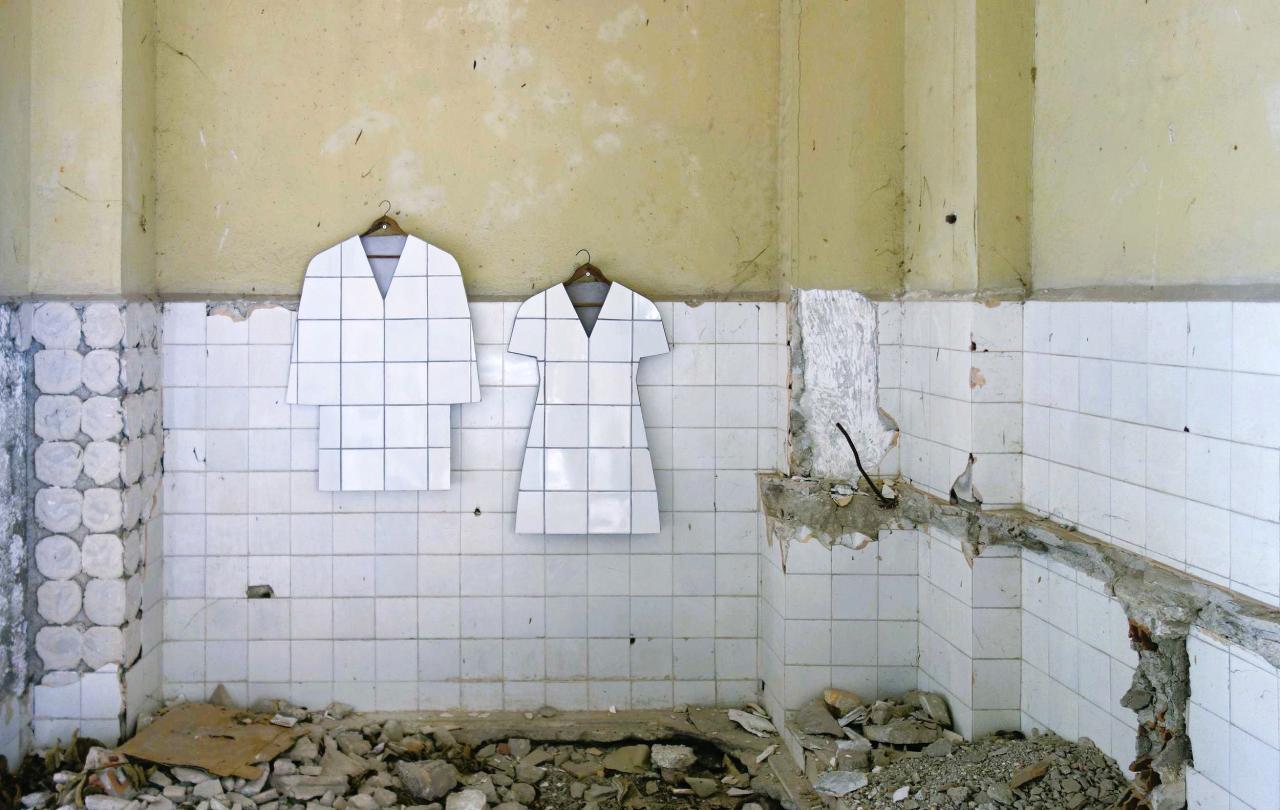
It’s only halfway through our supper by Stone Gate, the most ancient entrance to the old citadel of Zagreb, Croatia’s capital, that we realise votive candles are burning in the archway outside. Closer inspection reveals three or four simple pews before a niche shrine to Our Lady and the stone walls covered with inscriptions to the local deceased.
Families, young and old but mostly young, gather in the gloaming for their dear departed. This is a profoundly Catholic site and the little restaurant, brightly lit and jolly, nevertheless feels reverential and on holy ground. Some 80 per cent of the population of Croatia is Roman Catholic, while just 3.3 per cent are Serbian Orthodox.
A five-and-a-half-hour bus ride east and we’re in Belgrade, capital of Serbia. Here, the proportions of the faithful are almost exactly reversed – 81 per cent are Orthodox and a little under four per cent Catholic.
These statistics serve as a grim reminder of the phrase that entered our political lexicon in the first half of the 1990s: Ethnic cleansing. In that civil war, as the former Yugoslavia broke up into its constituent republics, Croatian Serbs and Serbian Catholics – those who survived, that is – were displaced.
So we’re less likely to see the kind of Marian devotion that we witnessed in Zagreb being honoured in Belgrade. This is essentially a technical, creedal difference between Catholicism and Eastern Orthodoxy, in how the incarnation of the Son proceeds from the Holy Spirit. It’s no big deal theologically and shouldn’t detain us. But it quietly points to the fragility of peace, not to say democracy, in the Balkans.
A fresco of the Christ in its dome has a bullet hole through the forehead, not so much crucified as assassinated.

HRH Crown Prince Alexander, head of the Royal family Karadjorjdevic, which ruled the kingdoms of Serbia and (later) Yugoslavia until the Second World War, carefully refers to it as “democracy at midnight” over coffee in the Blue Room of Belgrade’s Royal Palace. He returned to his ancestral home when Slobodan Milosevic was deposed at the millennium.
The Crown Prince helped his country return to democracy by uniting the opposition which defeated Milosevic in the elections of 2000. Even today, he calmly states that western democratic leaders often fail to understand how the mindset of eastern autocracy works and agrees that it is “work in progress”. Eternal vigilance is key.
In this context, the Serbian Orthodox Church is doing well, but it’s also still work in progress. Under communism, a substantial number of Serbian bishops were appointed by the Soviet regime, for purposes of control and information gathering. That culture wasn’t cleansed overnight, nor has the communist legacy been entirely expunged from the Church.
“You’ll see what I mean when you visit our family chapel in a moment,” the Crown Prince tells me. Sure enough, a fresco of the Christ in its dome has a bullet hole through the forehead, not so much crucified as assassinated. Prince Alexander will not restore it, so its serves as a constant reminder of what can be. His guiding principle is that “only dictators alter history.”
Elsewhere, our guide points to desecrated icons and the ghostly shadows of Soviet insignia on marble pillars. Alexander is an unassuming and modest man, referring to the 18 Serbian parties he convened at a conference in 2000 as “the democracy by email”.
When we’re joined by his wife, Crown Princess Katherine, she corrects this, proudly stating that her husband returned democracy to the region. There is probably some truth in both their versions of events. The consequence of that could be a restoration of a constitutional parliamentary monarchy in Serbia – we’ll see, or perhaps our successors will.
From the Palace, we visit St Sava, called a temple but really the Serbian Orthodox cathedral consecrated to the memory of the founder of the national Church. This, again, is work in progress. Started in 1935 and only now approaching completion, it’s a paradigm of the troubled contemporary history of Serbia. Communists have razed it and Nazis have parked their trucks and tanks in it.
It is unashamedly modern, though it honours ancient Byzantine mural and fresco methodologies. Its biblical stories in gold leaf use the traditional crafts, linking Belgrade to its ancient past, whatever despots may have done to interrupt its devotional history. We’re linked to the palace we’ve just left by enormous doors, inscribed with multi-lingual prayers of welcome, donated by the royal family.
Perhaps the allegory it offers is best illustrated by the image of Christ – no bullet hole now – in the dome, which was built and raised, centimetre by centimetre, from the ground. All 4,000 tonnes of it. The metaphor of rising from the ashes of war writes itself.
And that’s the takeaway from Belgrade. Serbia – and the wider Balkans – suffered a 20th-century of unfathomable bleakness. Its people have endured and their spirit isn’t broken, a moral exemplar for western Europe. Belgrade resonates to its folk music and young laughter over broken bread and wine outpoured (gosh, do they eat and drink – for who knows what tomorrow holds?).
The phoenix, which naturally shares Greek roots with Serbian royalty, would be the go-to cliché for the cyclical regeneration of Belgrade. But as this city approaches Easter, there is of course something else more fundamental going on.
Belgrade has faith in itself, as well as the God who has delivered it. It’s a resurrection story really.





